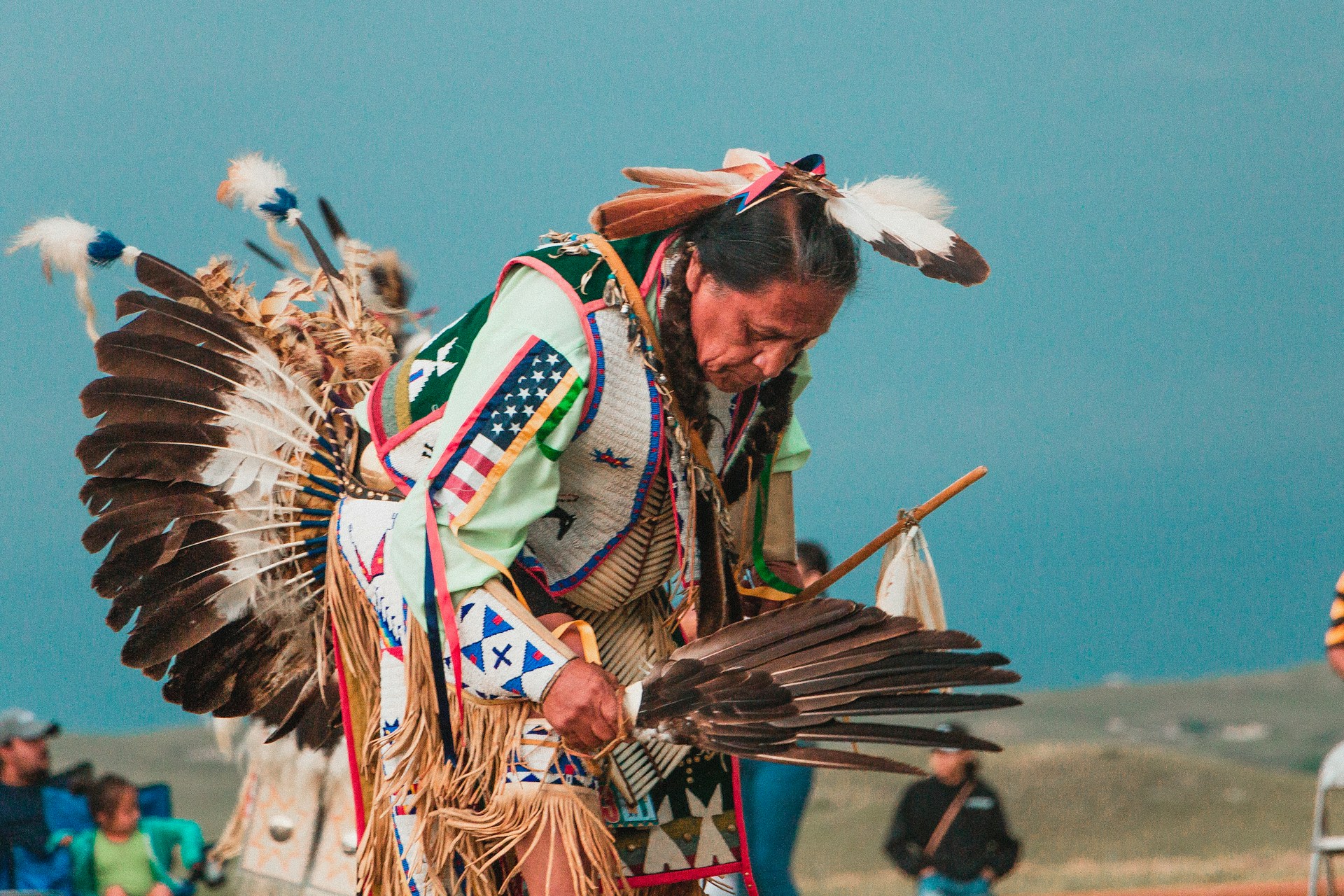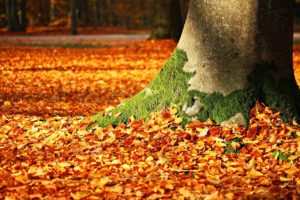From Columbus Day to Indigenous People’s Day: A Journey of Reconciliation
On October 12, 1492, Italian explorer Christopher Columbus first landed in the Americas. Columbus Day, which falls on the second Monday of October, has long commemorated this important moment in history. For many decades, the holiday has served as a celebration of exploration, the pioneering spirit, and Italian-American heritage. Columbus himself has been seen as a figure of courage and perseverance. In fact, generations of Americans knew him as the man who “discovered” the Americas.
This labe ignores the fact that indigenous people lived in the Americas for millennia, with flourishing cultures and histories. Given this fact, how could Columbus have “discovered” something that was already well-known, just not to Europeans? Columbus, it turns out, was not even the first European to land in the new world. That distinction belongs to Lief Erikson, who stepped foot on what would become Newfoundland, Canada, about 500 years before Columbus. Most important is the truth of colonization and growing public awareness of what European settlers did to indigenous Americans. This has led to an evolution in the meaning of Columbus Day, which is now known as Indigenous People’s Day. This day is a recognition of the rich cultures and histories of Native American communities. It is also a somber reflection on the devastating side of European colonization.
The Origins of Columbus Day
Columbus Day first became a national holiday in the United States in 1937, largely through the efforts of Italian-American communities. The holiday’s aim was to celebrate their contributions to American society, with Columbus representing Italian heritage. Italians, like many immigrant groups in the US, had to fight to have their contributions recognized. For this reason, Columbus Day remains a point of pride to many Italian-Americans. Throughout much of the 20th century, Americans of all backgrounds celebrated the holiday with parades, ceremonies, and educational programs. All of this centered on Columbus’s “discovery” of the Americas.
However, there were critics of the narrative surrounding Columbus. American were beginning to pay more attention to the experiences of Indigenous peoples following European colonization. Historians and activists pointed out that Columbus’s arrival marked the beginning of a long and brutal history of violence, enslavement, and forced assimilation for Native American communities. Many people began to question whether a figure so tied to these atrocities should be at the center of a celebration at all.
The Rise of Indigenous People’s Day
The idea of Indigenous People’s Day began to gain traction in the late 20th century. In 1977, a United Nations-sponsored conference on discrimination against Indigenous populations in the Americas proposed the holiday. Its goal was to honor Native peoples and their history. The movement continued to grow over the next few decades.
In 1990, South Dakota became the first state to officially replace Columbus Day with Indigenous People’s Day. In 1992, Berkeley, California, became one of the first cities to adopt Indigenous People’s Day in place of Columbus Day. Since then, many other states and cities have followed suit, officially recognizing Indigenous People’s Day. The day has become a celebration of Native American culture and resilience. But it is also an acknowledgement of the lasting impacts of colonization. This transition represents an ongoing effort to reframe the national conversation around Columbus and the impact of European colonization on the Indigenous peoples of the Americas.
A Broader Cultural Shift
The shift from Columbus Day to Indigenous People’s Day reflects a broader cultural movement towards reckoning with the darker chapters of American history. This transition acknowledges the painful realities of colonization, including the widespread loss of life, culture, and land that Indigenous people suffered at the hands of European settlers. For many Native Americans, Indigenous People’s Day is not only a celebration of survival and cultural revival but also a long-overdue recognition of their place in American history.
A Path Forward
As more states and communities embrace Indigenous People’s Day, the debate over how to commemorate the legacy of Columbus remains. Some argue that removing Columbus Day erases an important part of Italian-American history. Others believe that the transition is necessary for a more truthful and inclusive telling of America’s past. Many Americans are moving toward a compromise. There should be a holiday celebrating the many contributions of Italian Americans, but it does not have to focus on a legacy of colonialism. Regardless of one’s stance, the conversation around Columbus Day and Indigenous People’s Day underscores the evolving nature of how Americans teach and remember their history.
Ultimately, the shift to Indigenous People’s Day is about more than renaming a holiday. It represents a growing movement towards understanding and honoring the experiences and contributions of Native peoples. It also re-examines the narratives that have shaped Americans’ collective memory and how they understand the good – and the bad – parts of their history. The transition is an invitation to reflect on the complex histories that define America and to consider how Americans can create a future rooted in justice, respect, and inclusivity.
Learn English with the Language Garage!
We hope you’ve enjoyed learning about Indigenous People’s Day and Columbus Day. If you’re interested in ESL/EFL lessons, please check out our English courses. We have private lessons, lessons for you and a friend or colleague, or small groups. Or see our other posts on English grammar, vocabulary, and more.
Photo by Andrew James on Unsplash






